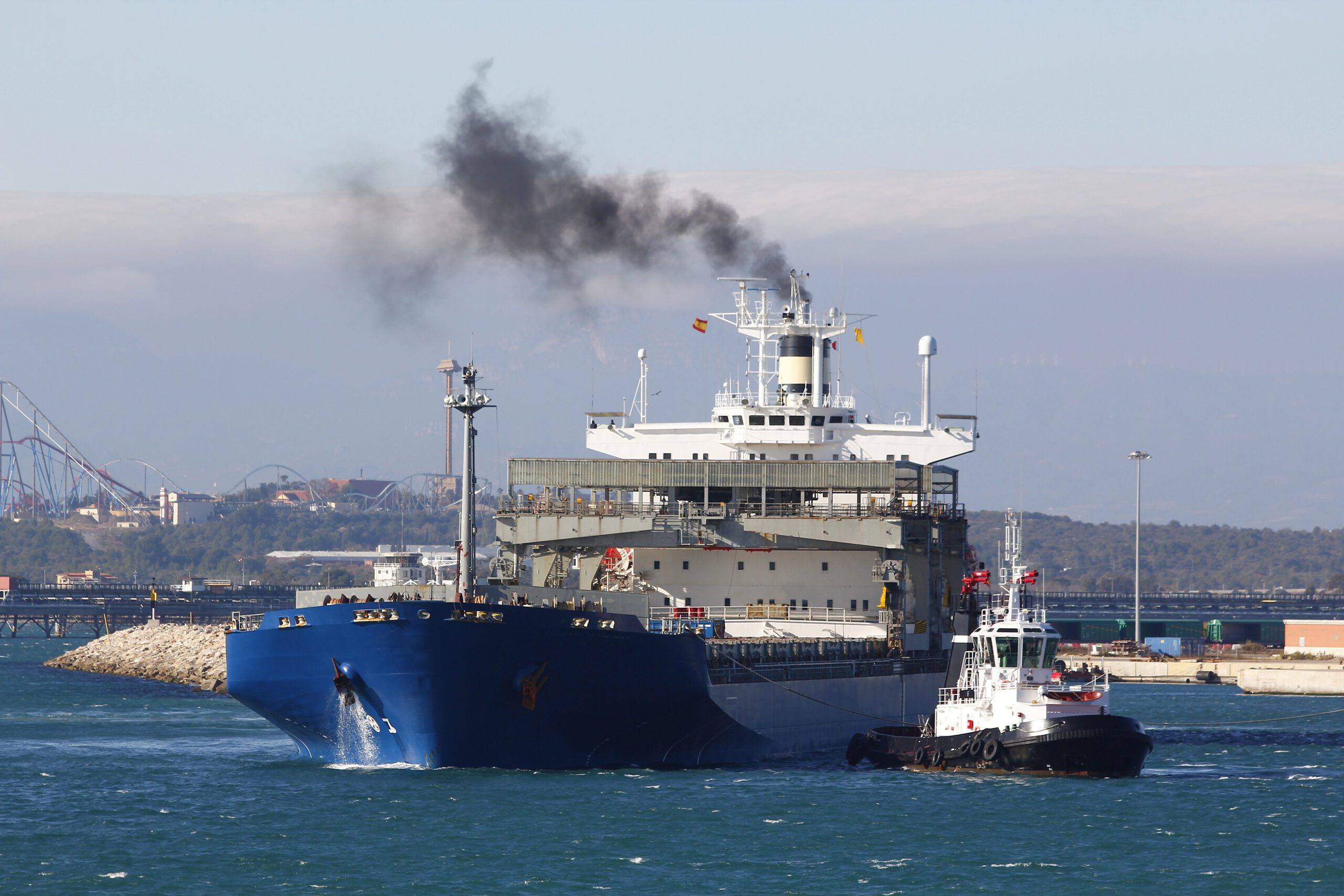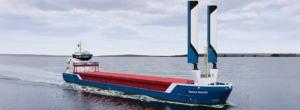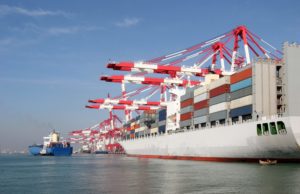Green ammonia could be used to fulfil the fuel demands of over 60% of global shipping by targeting just the top 10 regional fuel ports, according to Oxford University researchers.
Researchers at the Environmental Change Institute (ECI) at the University of Oxford looked at the production costs of ammonia which are similar to very low sulphur fuels, and concluded that the fuel could be a viable option to help decarbonise international shipping by 2050.
Around $2 trillion will be needed to transition to a green ammonia fuel supply chain by 2050, primarily to finance supply infrastructure.
The study, in IOP Publishing’s journal Environmental Research: Infrastructure and Sustainability, shows that the greatest investment need is in Australia, to supply the Asian markets, with large production clusters also predicted in Chile (to supply South America), California (to supply Western U.S.A.), North-West Africa (to meet European demand), and the southern Arabian Peninsula (to meet local demand and parts of south Asia).
The team at the University of Oxford developed a modelling framework to create viable scenarios for how to establish a global green ammonia fuel supply chain.
The framework combines a fuel demand model, future trade scenarios and a spatial optimisation model for green ammonia production, storage, and transport, to find the best locations to meet future demand for shipping fuel.
“Green ammonia, made by electrolysing water with renewable electricity, is proposed as an alternative fuel source to quickly decarbonise the shipping industry. However, historically there has been great uncertainty as to how and where to invest to create the necessary infrastructure to deliver an efficient, viable fuel supply chain,” the authors wrote.
Dr Jasper Verschuur, global infrastructure and supply chains analyst and lead author said: “Our results provide a fresh view how a future green ammonia supply-chain could look like to provide enough fuel for shipping. Compared to the existing supply network of shipping fuel based from oil, the future ammonia fuel supply is more regional, with large producers being those with good solar resources and close to major shipping hubs.
Our results also underline that investments up to 2 trillion USD are required to build new infrastructure, with a large share of this in developing countries. Here, green finance is key to support the transition to hydrogen and green ammonia production in those countries.”
Professor Jim Hall, Oxford programme for sustainable infrastructure systems (OPSIS) programme lead at the ECI, said: “Green ammonia is the most promising fuel for decarbonisation of shipping. This analysis combines a global spatial optimization of green ammonia production, with the global shipping model developed in ECI which simulates where green ammonia will be shipped to and used.”



